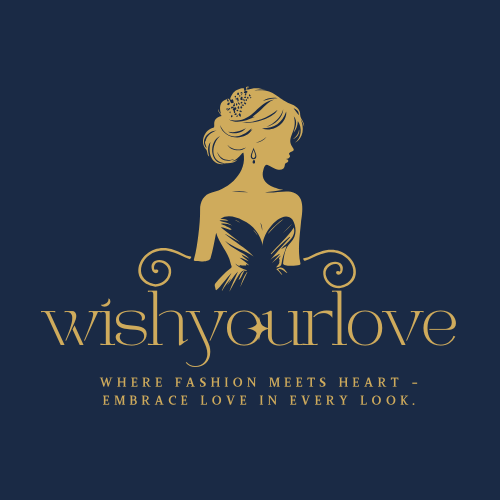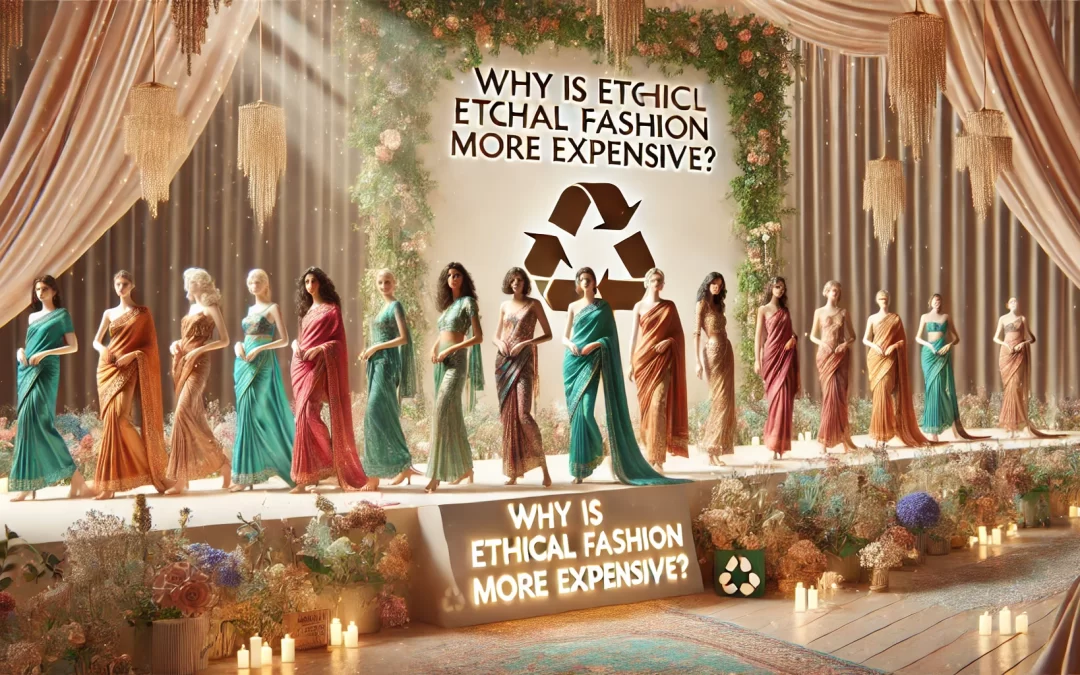Why Is Ethical Fashion More Expensive?
Introduction
Ethical fashion is gaining momentum as conscious consumers increasingly demand transparency, sustainability, and fairness in how their clothes are made. However, one of the most common questions among buyers is: “Why is ethical fashion more expensive?” This blog delves into the key reasons behind the higher price tags of ethically made clothing and the long-term value they offer.
1. Fair Wages and Safe Working Conditions
One of the primary reasons ethical fashion is costlier is the commitment to paying fair wages and ensuring safe working conditions. Unlike fast fashion factories, ethical brands partner with certified manufacturers who treat workers with dignity and comply with labor laws.
2. Sustainable and Organic Materials
Ethical fashion brands use eco-friendly fabrics such as organic cotton, bamboo, hemp, and Tencel. These materials are often more expensive to produce and source but have a significantly lower environmental impact compared to conventional fabrics like polyester or non-organic cotton.
3. Small Batch Production
To reduce waste and avoid overproduction, many ethical brands opt for small batch production. While this ensures exclusivity and quality, it also raises per-unit production costs due to economies of scale.
4. Transparent Supply Chains
Transparency in the supply chain is a hallmark of ethical fashion. Documenting every step—from sourcing to production—requires time, effort, and investment in technology. These added costs are reflected in the final price.
5. Certifications and Compliance Costs
Certifications such as GOTS, Fair Trade, and OEKO-TEX require rigorous audits and compliance with global standards. Ethical brands invest in these certifications to validate their claims, and the associated costs contribute to higher retail prices.
6. Long-Lasting Quality and Craftsmanship
Ethical fashion prioritizes craftsmanship and durability. These garments are designed to last longer, reducing the frequency of purchases and lowering environmental impact in the long run.
7. Environmental Responsibility
Many ethical brands implement environmentally responsible practices, such as using renewable energy, reducing water consumption, and managing carbon footprints. These eco-conscious processes often increase operational costs.
Key Trends in Ethical Fashion (2025)
- Increased use of biodegradable fabrics
- Tech-driven supply chain transparency
- Zero-waste design philosophy
- Community-based production hubs
Challenges in Ethical Fashion Pricing
Ethical brands face stiff competition from fast fashion giants who operate at lower costs. Educating consumers about the real cost of clothing, promoting transparency, and maintaining profitability are key challenges in sustaining ethical business models.
How Wish Your Love Supports Ethical Fashion
Wish Your Love embraces the principles of ethical fashion by curating collections that uphold sustainability, fair labor, and premium quality. Through thoughtful sourcing, responsible partnerships, and community upliftment, they contribute to a better future in fashion.
Actionable Tips for Supporting Ethical Fashion
- Start with one ethically made item per purchase cycle.
- Research the brand’s ethical policies and certifications.
- Choose quality over quantity to reduce wardrobe waste.
- Care for your clothes to extend their lifespan.
Conclusion
Ethical fashion may come with a higher price tag, but the value it brings—in terms of sustainability, quality, and social impact—is immeasurable. By making informed choices, consumers can support a fashion industry that respects both people and the planet. For ethically curated fashion that combines elegance with conscience, explore Wish Your Love.
FAQs
- Q: Why is ethical fashion more expensive than fast fashion?
A: It involves fair wages, sustainable materials, and ethical production processes that increase costs. - Q: Are ethical clothes better in quality?
A: Yes, ethical garments are often crafted with care and durability in mind, ensuring longer wear. - Q: How can I start buying ethical fashion on a budget?
A: Start small—buy fewer, better-quality pieces and take care of them to extend their lifespan. - Q: What materials are commonly used in ethical fashion?
A: Organic cotton, bamboo, hemp, and recycled fabrics are popular choices. - Q: Where can I shop for ethical fashion?
A: You can find ethically sourced clothing at curated platforms like Wish Your Love.

